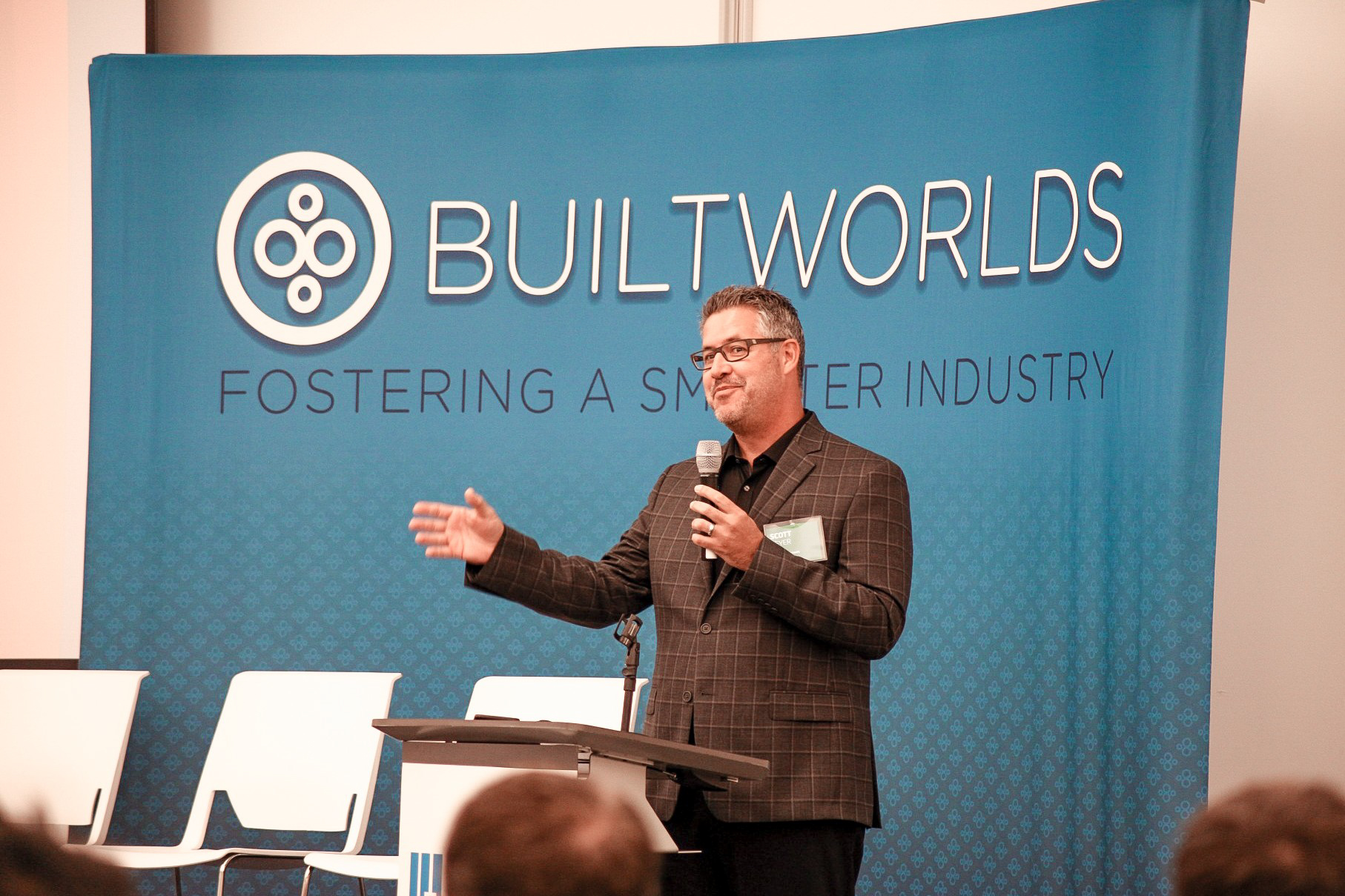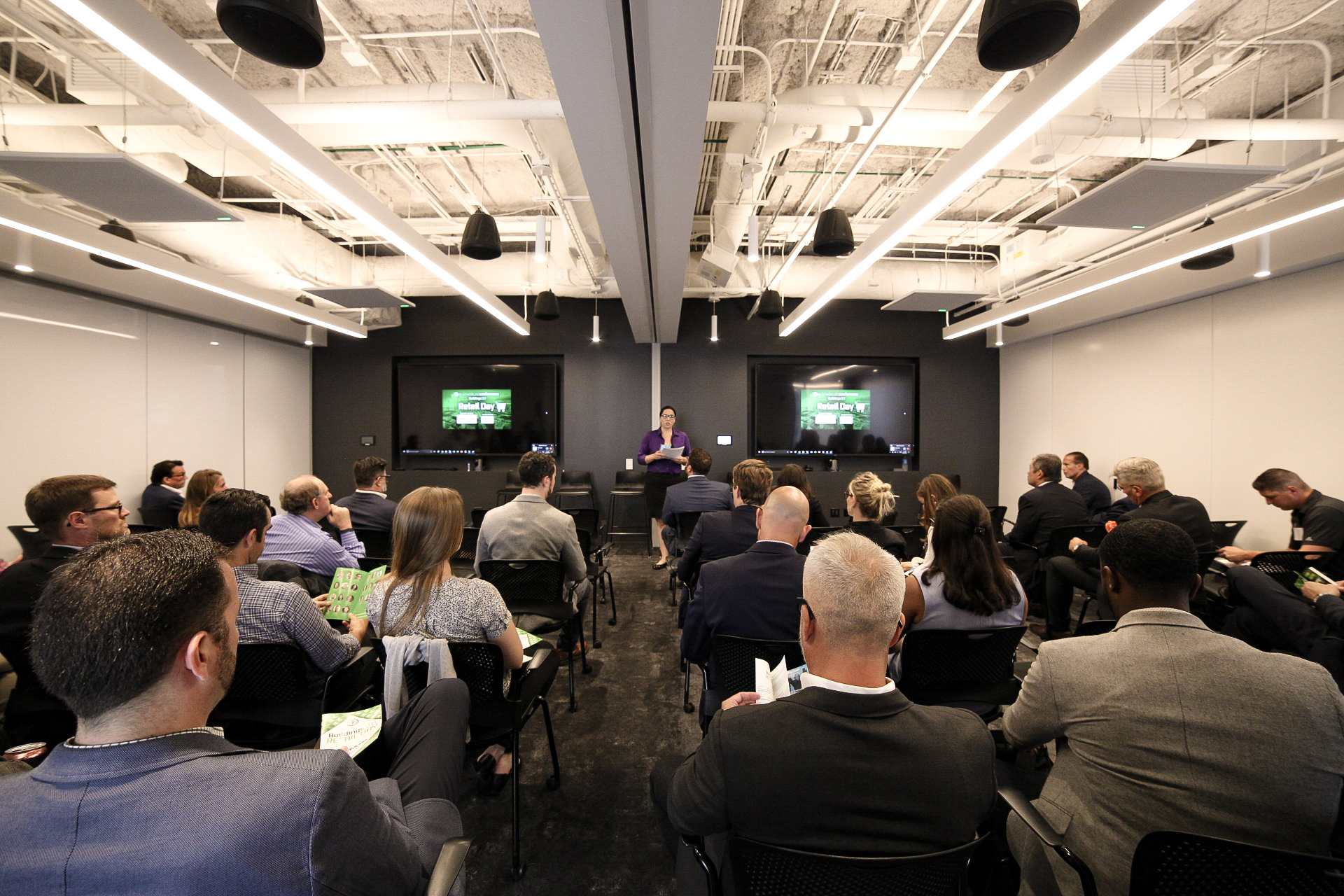 The City of Chicago is in the midst of a building boom. New buildings and high-rises are being added to the Windy City’s iconic lakeside skyline with rapid speed. Last year, the city’s Department of Buildings issued over 40,000 building permits (a five-year high) and a record-breaking 62 cranes were in operation. Yet, this trend is not limited just to Chicago. As the global population grows, more and more money is being spent to construct buildings. By the year 2025, the global construction industry will reach an estimated $14 trillion. Even as all this money is being poured into the industry, the way we build things is constantly evolving. We don’t build skyscrapers the same way we did a decade ago.
The City of Chicago is in the midst of a building boom. New buildings and high-rises are being added to the Windy City’s iconic lakeside skyline with rapid speed. Last year, the city’s Department of Buildings issued over 40,000 building permits (a five-year high) and a record-breaking 62 cranes were in operation. Yet, this trend is not limited just to Chicago. As the global population grows, more and more money is being spent to construct buildings. By the year 2025, the global construction industry will reach an estimated $14 trillion. Even as all this money is being poured into the industry, the way we build things is constantly evolving. We don’t build skyscrapers the same way we did a decade ago.
In that spirit, BuiltWorlds put on two events, Retail Day and Buildings 2.0, last week to examine these changes and spur discussions in the industry. Hosted in ESD‘s Willis Tower offices, Retail Day focused on how the retail space is changing in the age of Amazon, and how this, in turn, is affecting how we build storefronts, restaurants, and other commercial spaces. The following day, BuiltWorlds hosted its Buildings 2.0 Conference at UI Labs. The day-long conference featured a litany of industry professionals, who spoke about the current trends and changes in the built industry.
Here are four key takeaways from both events:
1. The demands of tenants and customers are driving massive change
Buildings 2.0 was kicked off by a keynote from Scott Seyer, principal at Goettsch Partners, who spoke about trends in high-performance buildings. He noted that the company places the utmost importance on the needs and wants of their buildings’ tenants, which shift constantly and dramatically; what a tenant wanted seven years ago is completely different from they want today. Seyer highlighted floorplate size, building height, amenities, and outdoor access as building aspects Goettsch is seeing change.
“The tenants’ desires help us evolve new ideas, which will help us create new forms,” Seyer said. “These will, inherently, become a new kind of architecture.”
This notion is also visible in the commercial space. While speaking on “The Experience of Retail” panel during Retail Day, Matt Matros, Co-Founder of LIMITLESS Coffee & Tea discussed how changes in customer’s habits influence the way he lays out his stores.
“I purposely design my coffee shops to be de facto offices, because the workforce is becoming more and more mobile every day,” he said.
 2. Connectivity is key
2. Connectivity is key
IoT (Internet of Things) technology is one of the hottest topics in the industry. Builders are beginning to realize, more and more, that interconnectivity in their buildings is essential.
“Connectivity is first and foremost, the most essential thing,” said Alex Samoylovich, the co-founder and managing partner at CEDARst Companies in the residential building panel at Buildings 2.0. “Without that the buildings become irrelevant.”
In the same panel, Blake Miller, CEO of Homebase, discussed the need for buildings to be better connected. In that vein, Homebase offers a cellular gateway and building-wide WiFi in all its buildings, so that everything is connected on the same network.
“The one thing I don’t think that is going away any time soon is WiFi,” he said. “Why don’t you just turn your building into a platform, so you can connect to it?”
This allows building owners to act as their own ISPs (internet service providers) for their tenants, and for all IoT devices–smart locks, HVAC, appliances–to be connected to the same network.
 3. Technology is rapidly changing the norm
3. Technology is rapidly changing the norm
As with every other industry, the AEC and retail industries are being shaken up by technology. The conversation at Retail Day panel focused on convenience in retail. Adam DeWitt, the president and CFO of GrubHub, spoke about how technology is not only changing the way people order food, but also the spaces in which that food is prepared. He spoke specifically about “commissary kitchens.”
“Things have really evolved over time,” he said. “With GrubHub providing the demand we provide, we can keep a restaurant in business that has no storefront. We have a couple of concepts in New York, where there are six or seven menus running out of a kitchen, and there are no menus or counter for you to walk up to. You can only order on GrubHub or other apps.”
On the buildings side, technology is being used to streamline time-consuming processes and help the planning of building construction. In a Fireside Chat with BuiltWorlds’ research analyst Isabel Singer, Adam Hengels, Co-Founder of Parafin, spoke about generative design.
“Generative design is really trial and error on steroids,” he said. “We take parametric design to another level using algorithmic processes.”
Due to the increase in computational power, builders can use generative design to identify the best way to build a project, using the allotted site effectively and efficiently. Generative design programs run through countless building layouts until they find the absolute best one.
4. Experiential Retail is saving the industry
 The Age of Amazon has certainly ushered in some massive changes to the retail industry. Much of the conventional wisdom has taken a dour view of retail moving forward, with many predicting that suburban America will turn into a wasteland of abandoned malls and shopping centers. Yet, many of the speakers at Retail Day painted a more positive picture. Garrick Brown, National Retail Research Director at Cushman & Wakefield, argued that not all retail is dying.
The Age of Amazon has certainly ushered in some massive changes to the retail industry. Much of the conventional wisdom has taken a dour view of retail moving forward, with many predicting that suburban America will turn into a wasteland of abandoned malls and shopping centers. Yet, many of the speakers at Retail Day painted a more positive picture. Garrick Brown, National Retail Research Director at Cushman & Wakefield, argued that not all retail is dying.
“While there are shifting consumer spending patterns, consumers are spending more,” he said. “It’s mediocre retail that’s facing an apocalypse.”
Many of the speakers agreed that experiential retail is going to continue influencing customers to actually walk into retail spaces. Brian Goehle, Manager of Architecture & Interior Design at Kohler Co., and Troy Opgenorth, the Channel Manager for New Store Development at Kohler Co., discussed how Kohler is shifting toward experiential practices in its showrooms.
“We are giving opportunities for homeowners and customers to try our products,” Goehle said. “These are so much more than just brick and mortar stores.”
Dani Sassower, Associate at Related Midwest, and Katherine Darnstadt, Founder and Principal Architect at Latent Design closed down the conference with a discussion about Box Shops, a pop-up shipping container market in Chicago’s Fulton Market District.
“Latent Design wanted to engage with people while they were shopping, so they weren’t just going to the store to buy something,” Sassower said.
Missed Buildings 2.0 and Retail Day? Have no fear, we’ll be uploading video segments for our members. You can also learn more about other upcoming BuiltWorlds events here.





Discussion
Be the first to leave a comment.
You must be a member of the BuiltWorlds community to join the discussion.